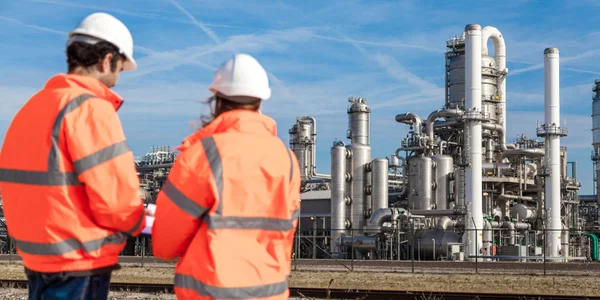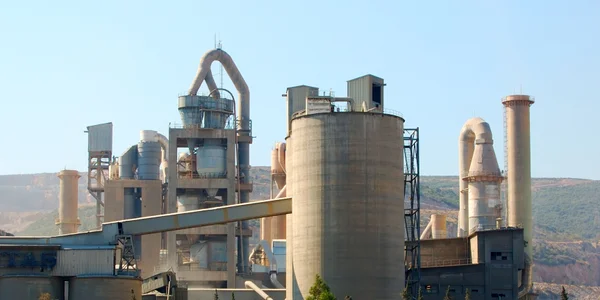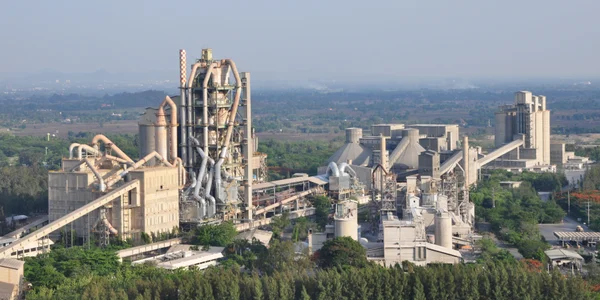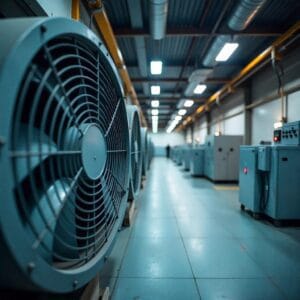Oficinas
SEDE CENTRAL

Alemania
- Filtro intensivo Himenviro Technologies GmbH
Neustraße 45 - 49, 42553, Velbert, Alemania - +49 20534200990
OFICINA REGIONAL

Gran Bretaña
- Filtro intensivo Himenviro UK Limited
47, Bath Street WS13BX, Wallsall West Midlands, Gran Bretaña - +44 1922 628893
OFICINA REGIONAL

Emiratos Árabes Unidos
- Filtro intensivo Himenviro Technologies FZE – LLC
Centro de negocios, Zona franca de Sharjah Publishing City, Sharjah, Emiratos Árabes Unidos - +971-556074697
OFICINA REGIONAL

India
- Filtro intensivo Himenviro Private Limited
D-247/11, Sector-63, Noida - 201301, Uttar Pradesh, India - +91-120-4642-500
OFICINA REGIONAL

India
- Filtro intensivo Himenviro Private Limited
D-247/11, Sector-63, Noida - 201301, Uttar Pradesh, India - +91-120-4642-500
OFICINA REGIONAL

India
- Filtro intensivo Himenviro Private Limited
D-247/11, Sector-63, Noida - 201301, Uttar Pradesh, India - +91-120-4642-500
Soluciones de filtración de aire y polvo para acero y metal
Las industrias del acero y el metal generan altos niveles de contaminantes atmosféricos, como polvo fino, partículas metálicas y humos, que, de no controlarse, pueden provocar contaminación ambiental, riesgos para la salud de los trabajadores y daños a los equipos. Nuestros sistemas de filtración de aire y polvo están diseñados para gestionar estos entornos de alta demanda, capturando las emisiones de los procesos de fundición, colada y acabado. Diseñadas para soportar altas temperaturas y cargas de partículas, nuestras soluciones mejoran la calidad del aire, optimizan el cumplimiento normativo y protegen el bienestar de los trabajadores, garantizando un entorno de producción más limpio y seguro.
Proceso de filtración de polvo en la industria del acero y el metal
El horno de arco eléctrico se utiliza para la fabricación de aceros de construcción, aceros de alta calidad y aceros inoxidablesAdemás, se utiliza para la fabricación de carburo y cristales sintéticos.
Las plantas de desempolvado para hornos de arco eléctrico extraen y limpian completamente los gases residuales primarios del horno de arco, así como los gases residuales secundarios que se generan durante la fusión, el vaciado o la carga y el desescoriado. Los gases residuales que se forman en el horno de cuba, durante la manipulación de materiales y en otras instalaciones conectadas se extraen y se tratan.

Filtro para campana de techo
Filtro para EAF
- 1. Capota de techo
- 2. Filtro para campana de techo
- 3. Ventilador
- 4. Chimenea
- 5. Horno de arco eléctrico
- 6. Tubos refrigerados por agua
- 7. Intercambiador de calor
- 8. Filtro para EAF
- 9. Ventilador
- 10. Convertidor
Especificaciones requeridas
Título del filtro PJM
Datos de diseño típicos | Capota de techo |
|---|---|
Volumen de gas | 1,000,000 |
Temperatura del gas | 80 |
Tipo de polvo | Residuos de combustión de óxidos de hierro |
Contenido de polvo residual | < 10 |
Contenido de polvo de gas crudo | < 5 |
Limpieza | en línea / fuera de línea |
Medio filtrante | Poliéster |
Diseño a prueba de explosiones | no es necesario |
Absorbente | no es necesario |
Título del filtro PJM
Datos de diseño típicos | Horno de arco eléctrico |
|---|---|
Volumen de gas | 120,000 |
Temperatura del gas | 120 |
Tipo de polvo | Residuos de combustión de óxidos de hierro |
Contenido de polvo residual | < 10 |
Contenido de polvo de gas crudo | < 5 – 10 |
Limpieza | en línea / fuera de línea |
Medio filtrante | Poliéster |
Diseño a prueba de explosiones | no es necesario |
Absorbente | no es necesario |
Aplicaciones para el control de polvo de acero y metal
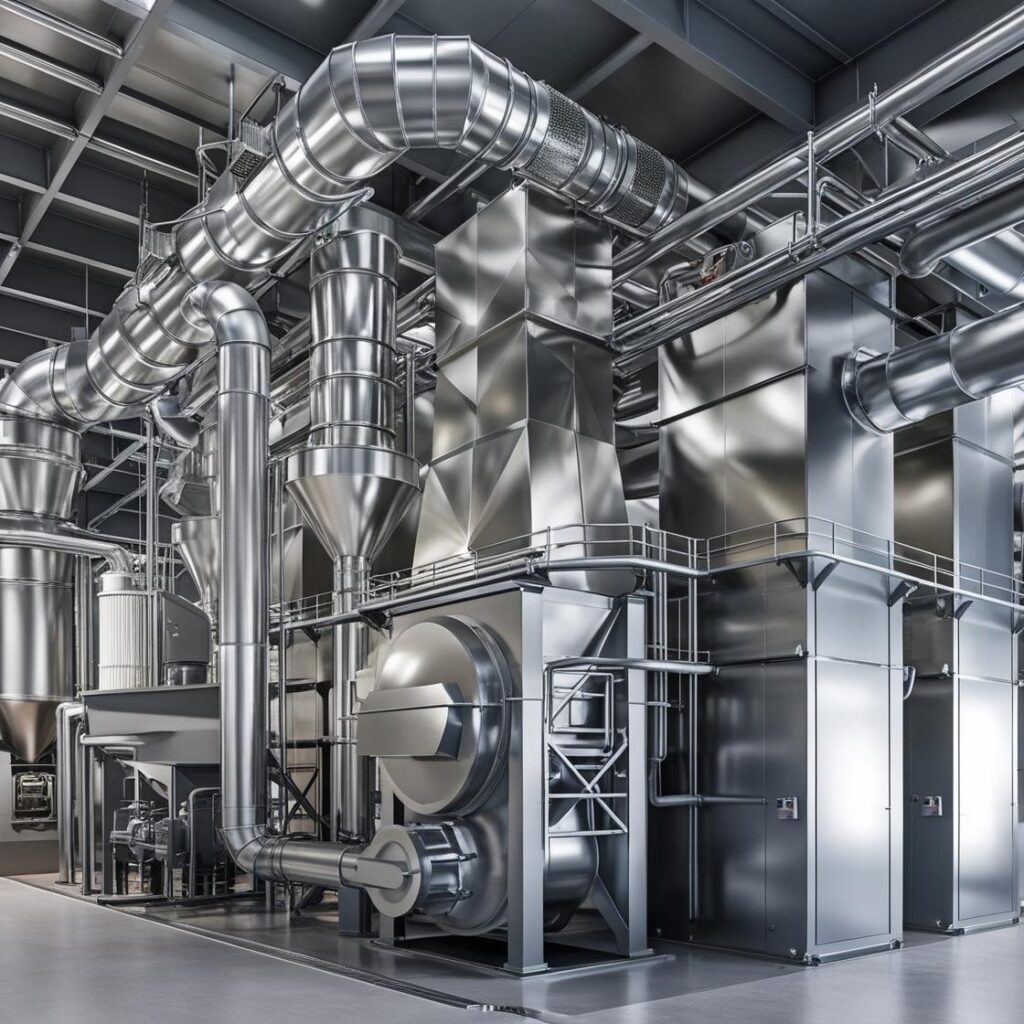
Controla el polvo y los humos liberados durante la fundición y fusión, capturando partículas peligrosas generadas en hornos de alta temperatura.

Reduce las emisiones de las operaciones de fundición, capturando partículas en el aire y humos metálicos que pueden afectar la calidad del aire.

Elimina el polvo fino y las virutas de metal que se producen durante el esmerilado y pulido, evitando que los contaminantes afecten la calidad del producto y la seguridad de los trabajadores.
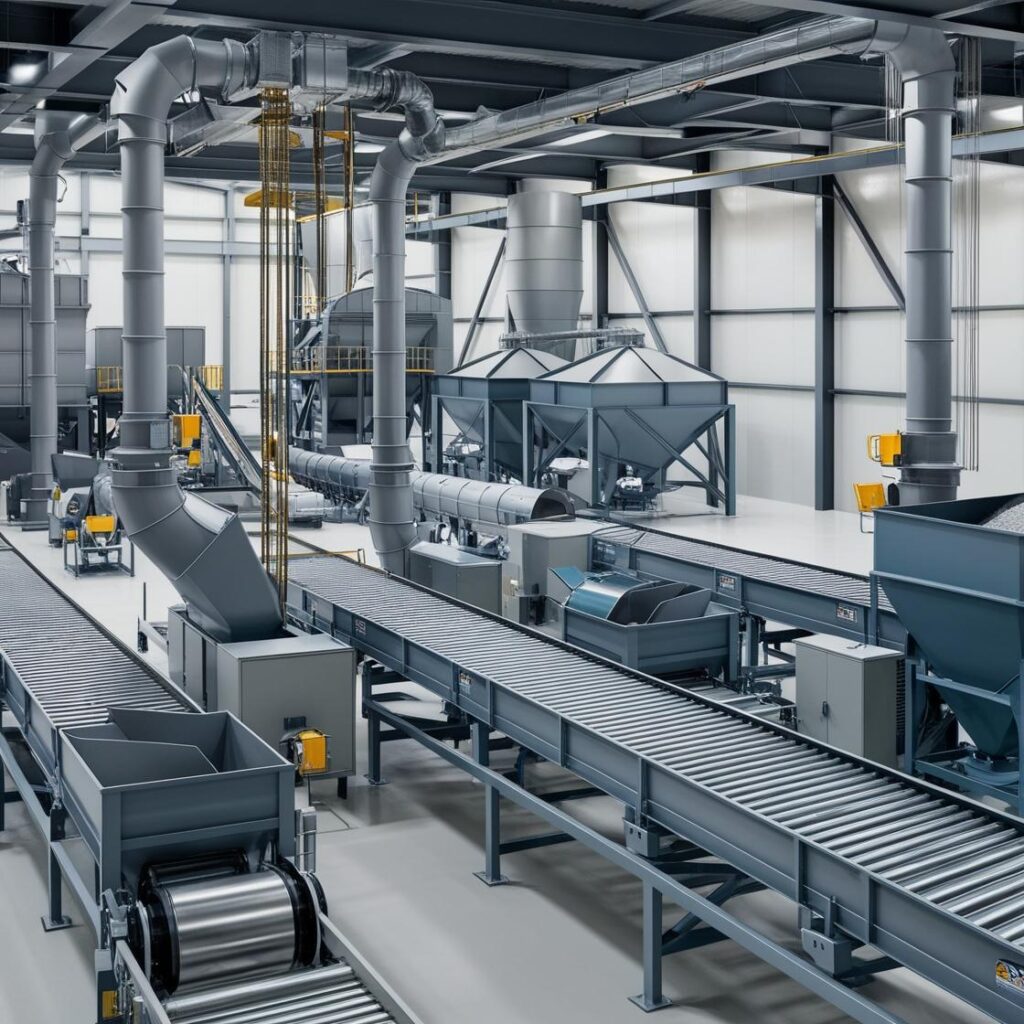
Controla el polvo generado durante la manipulación, transporte y almacenamiento de materiales, minimizando la liberación de partículas al entorno de trabajo.
Panorama regulatorio para el control del polvo |
|---|
Cumplimiento de las normas de calidad del aire |
Cumplimiento de la salud y seguridad del trabajador |
Prevención de riesgos de incendio y explosión |
Cumplimiento de la protección ambiental |
Monitoreo de emisiones en tiempo real |
Resistencia al calor |
Mantenimiento y tiempo de inactividad reducidos |
Garantía de calidad del producto |
Costos operativos más bajos |
Desafíos del control del polvo |
|---|
Altos niveles de polvo y humo |
Riesgos para la salud de los trabajadores por partículas metálicas |
Regulaciones ambientales estrictas |
Peligros de incendio y explosión |
Contaminación de productos finales |
Desgaste por polvo abrasivo en el equipo |
Requisitos de tolerancia de temperatura |
Gestión de grandes volúmenes de recolección de polvo |
Minimizar el tiempo de inactividad relacionado con el mantenimiento |
Consideraciones clave para un control eficaz del polvo |
|---|
Captura dirigida en puntos de emisión |
Durabilidad a altas temperaturas |
Control de presión y flujo de aire optimizado |
Materiales de filtración resistentes al calor |
Protocolos de mantenimiento regular |
Cumplimiento de los estándares de la industria |
Soluciones flexibles y personalizadas |
Mitigación de riesgos de combustión |
Sistemas dedicados para diferentes etapas de producción |
Conéctese con nosotros para una consulta con expertos
¡Explora nuestros otros servicios!
Preguntas frecuentes
En el procesamiento de acero y metales, los sistemas de filtración comunes incluyen filtros de mangas, precipitadores electrostáticos (PES), depuradores húmedos y separadores ciclónicos. Los filtros de mangas utilizan bolsas de tela para capturar partículas de polvo, mientras que los PES utilizan cargas eléctricas para eliminar las partículas de los gases de escape. Los depuradores húmedos eliminan los contaminantes mediante la introducción de un líquido depurador, y los separadores ciclónicos utilizan fuerza centrífuga para separar el polvo de las corrientes de gas. La elección del sistema depende de factores como el tamaño de las partículas, la temperatura del gas y los requisitos específicos del proceso.
Los sistemas de filtración mejoran la calidad del aire al capturar y eliminar eficazmente las partículas y los contaminantes generados durante el procesamiento de metales. Al reducir las emisiones, estos sistemas ayudan a las instalaciones a cumplir con las normativas y estándares ambientales, minimizando así su impacto ambiental y promoviendo un entorno de trabajo más seguro.
Los precipitadores electrostáticos (PE) ofrecen una alta eficiencia en la eliminación de partículas finas, alcanzando una eficiencia de hasta 99%, lo cual resulta especialmente beneficioso en la fabricación de acero, donde las emisiones de gases de combustión suelen contener partículas finas de polvo. Son capaces de manejar grandes volúmenes de gas y operar eficazmente a altas temperaturas. Además, los PE presentan caídas de presión relativamente bajas, lo que se traduce en un menor consumo de energía durante su funcionamiento.

